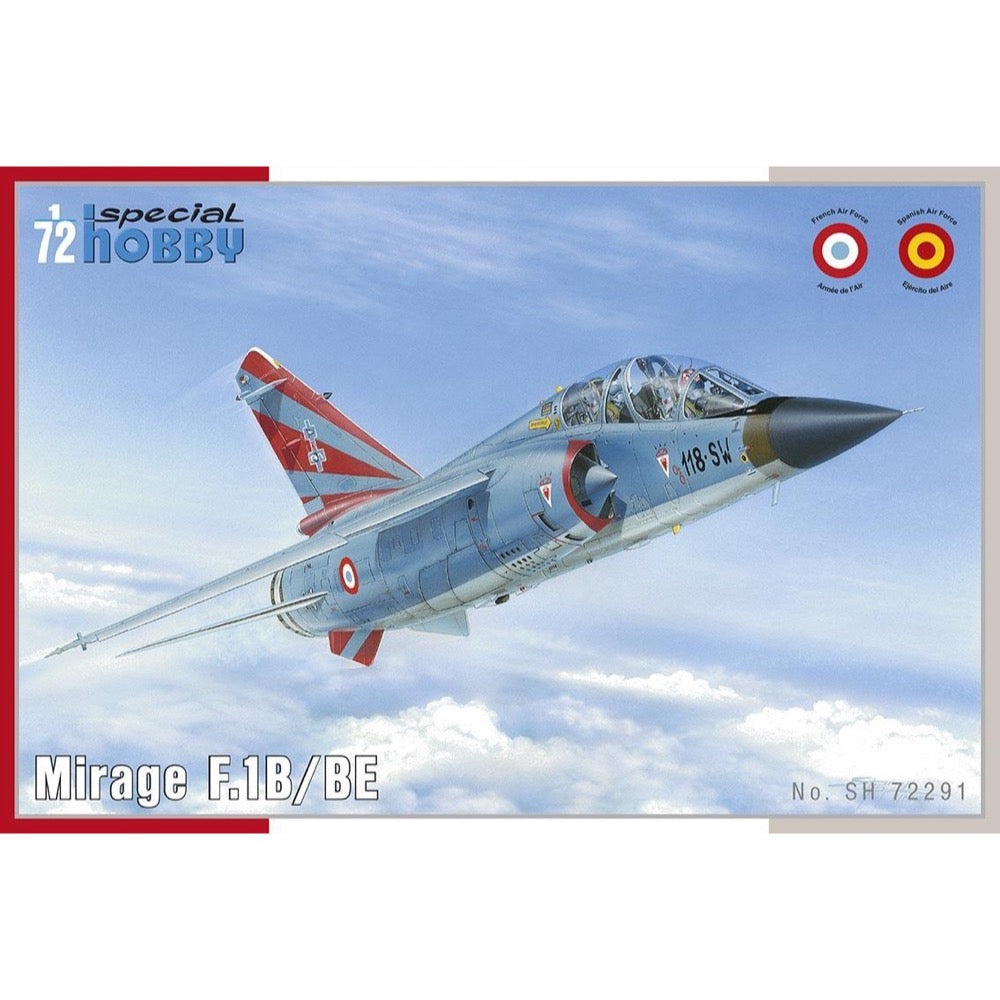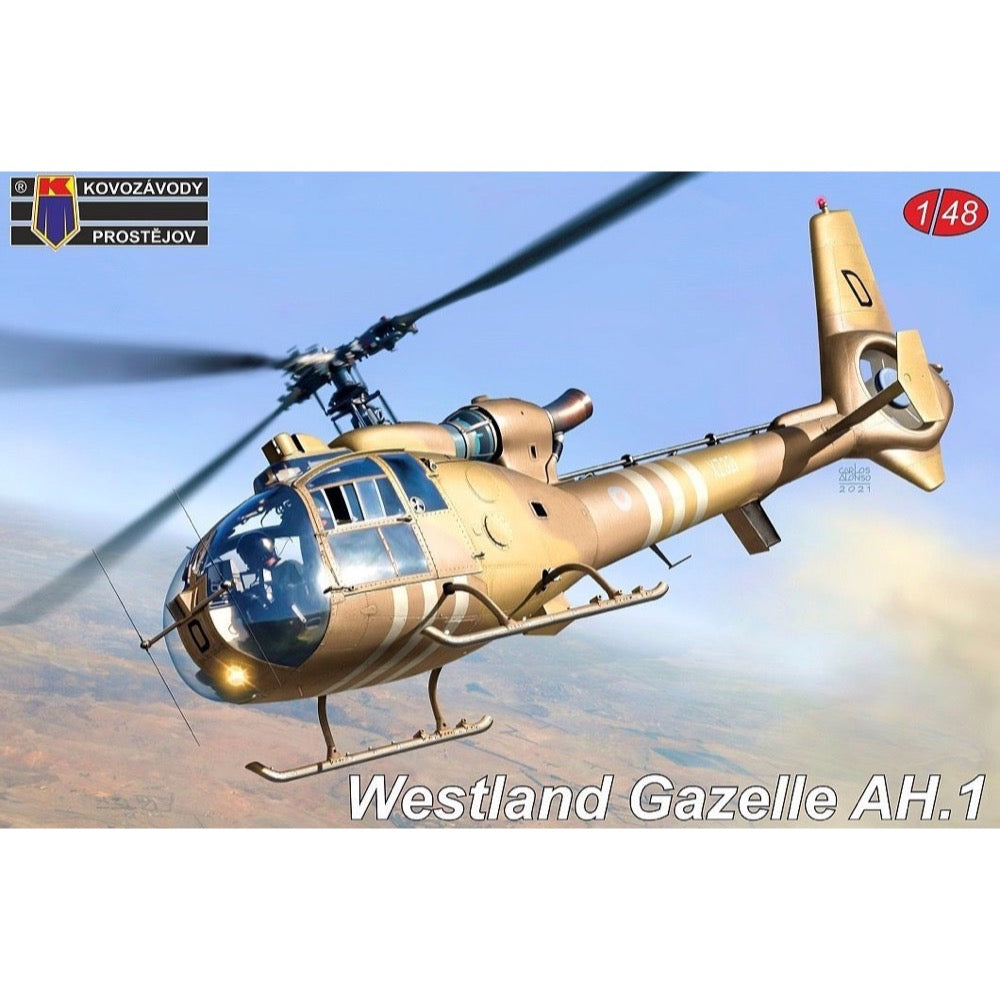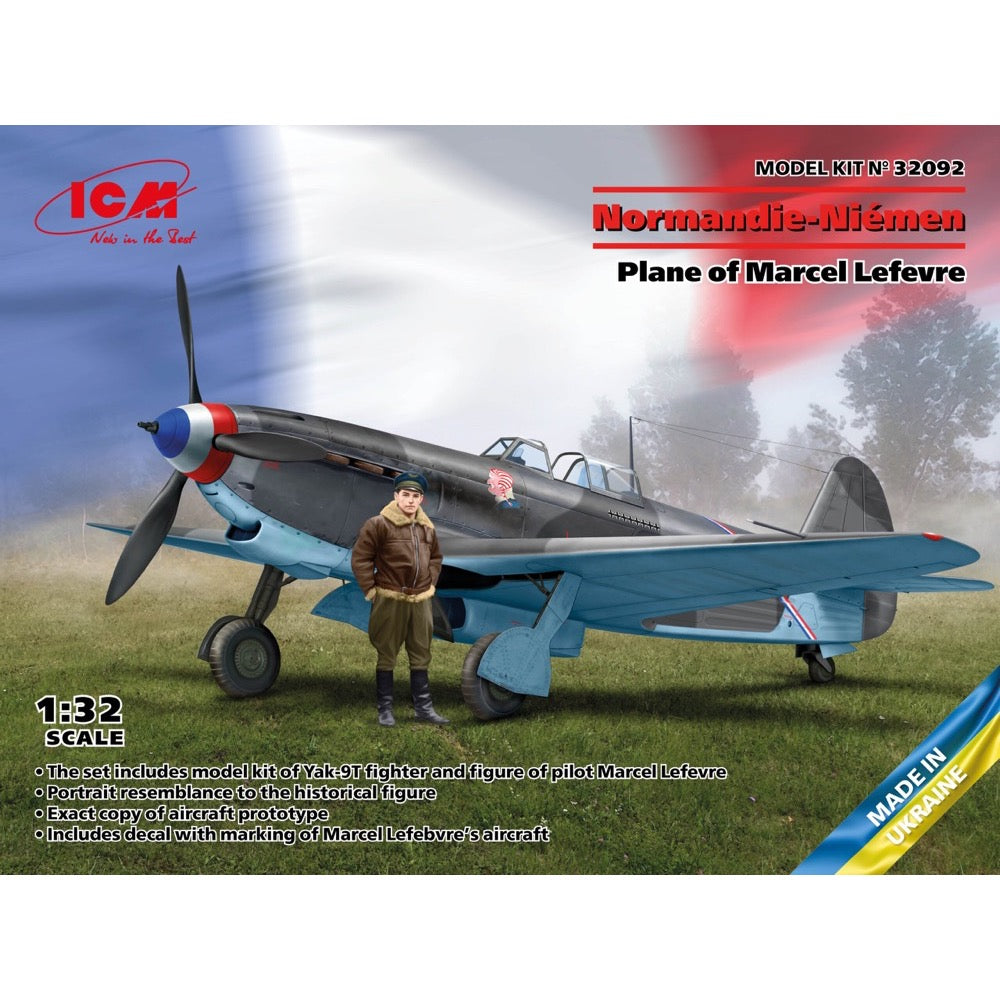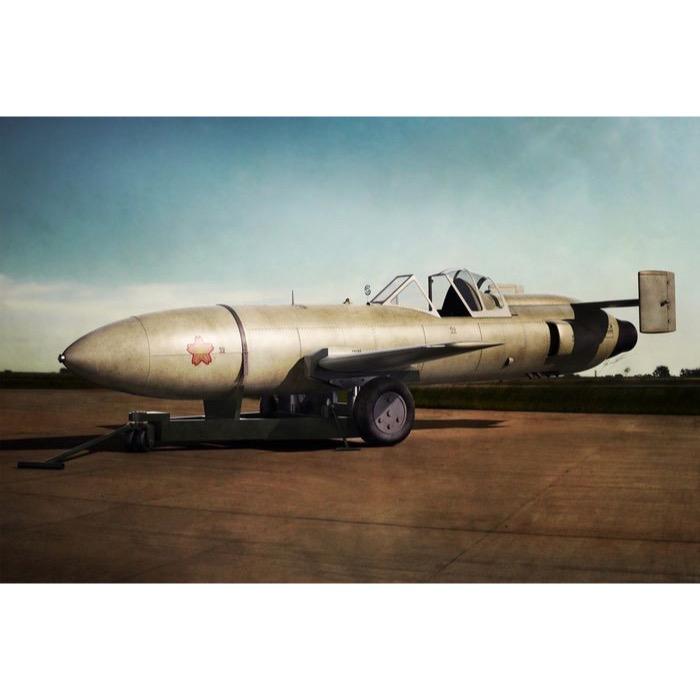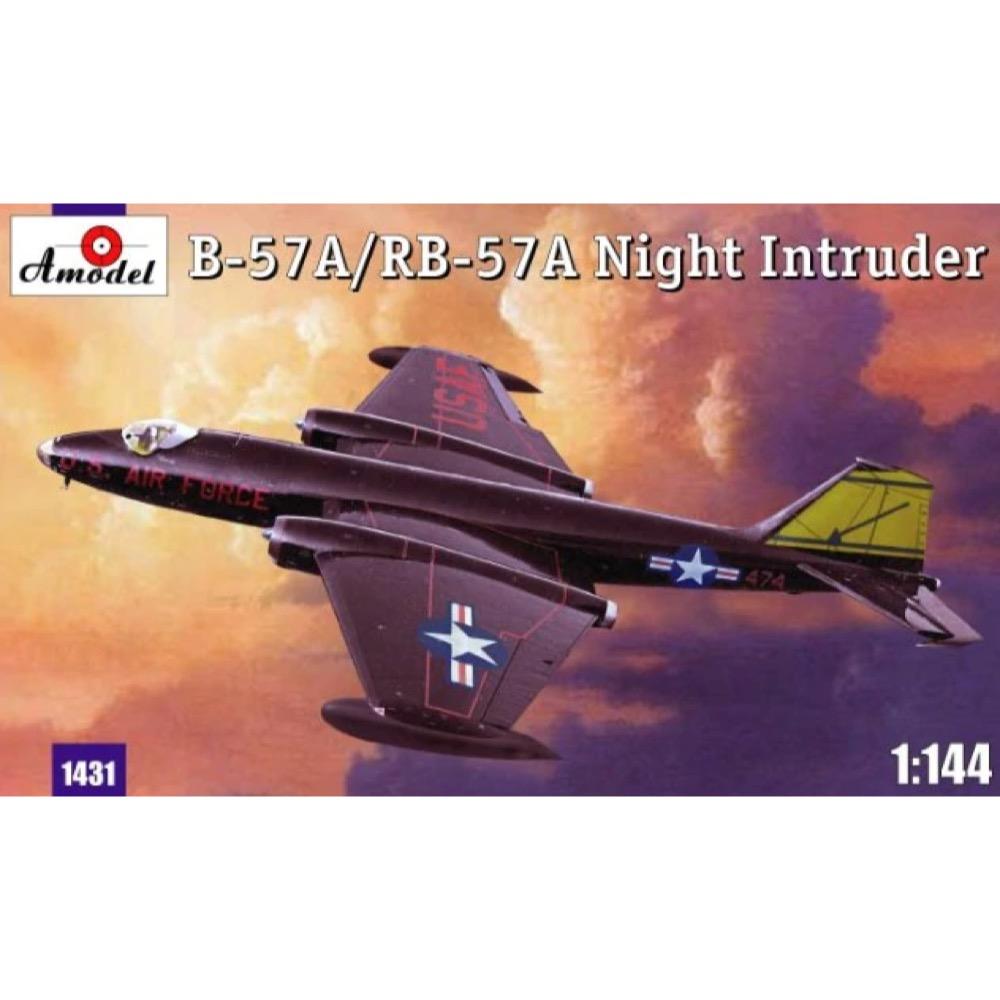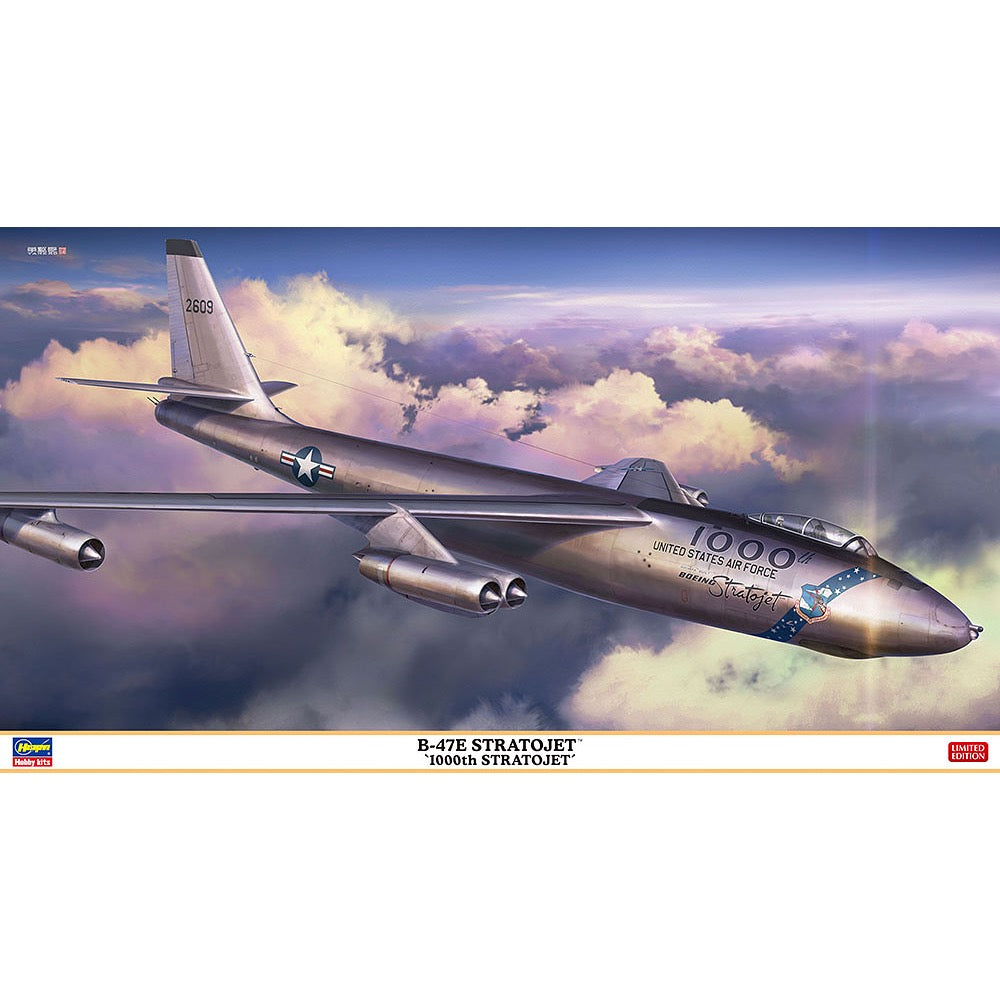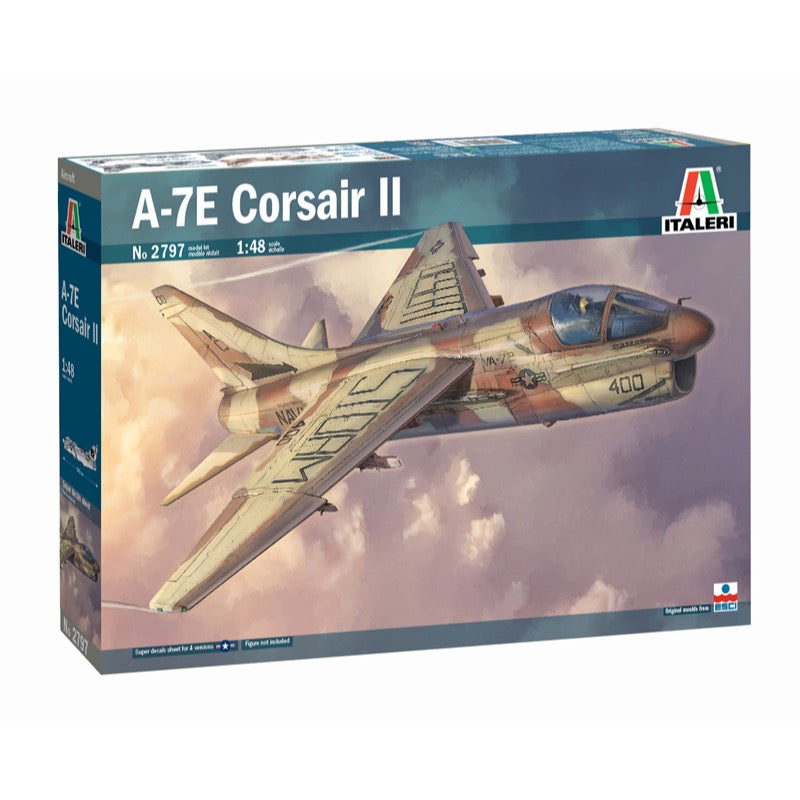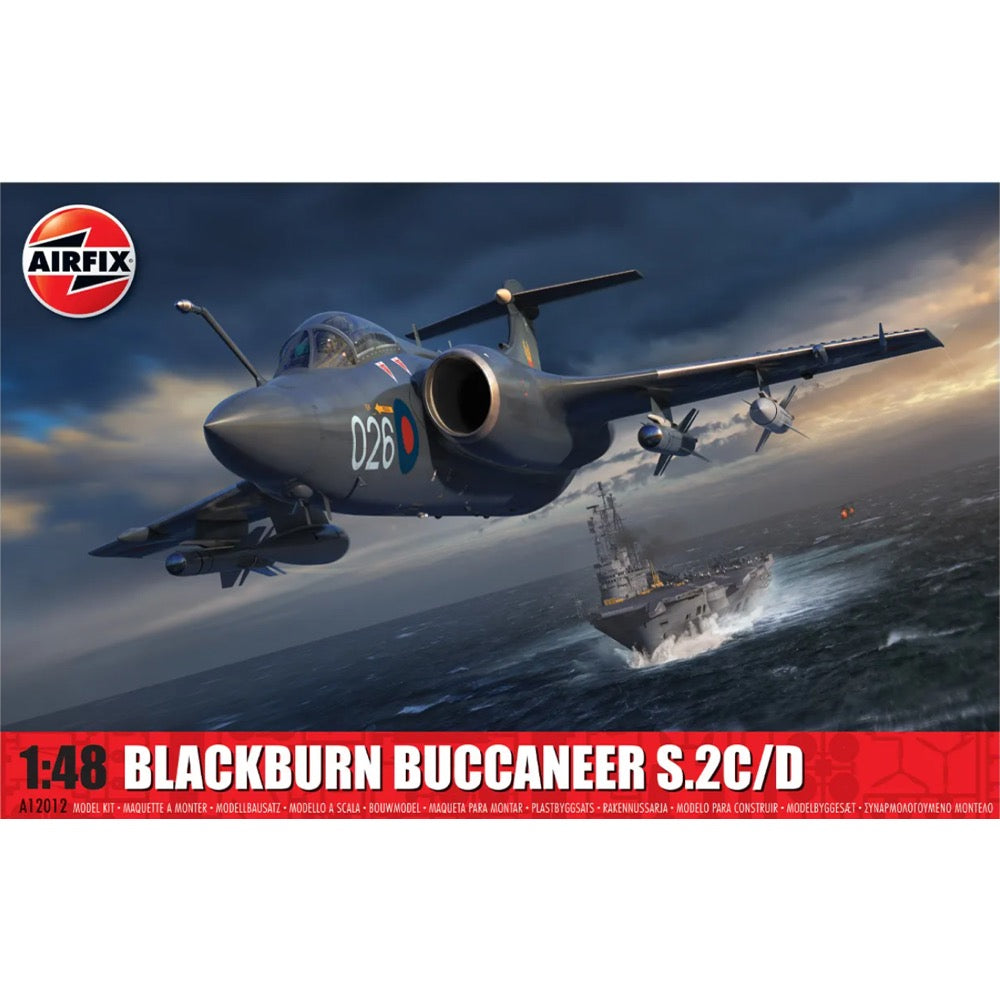
Airfix A12012 1/48 Blackburn Buccaneer S.2
45.00
$
<h3>Blackburn Buccaneer S.2C/D</h3>
<p>Designed to have exceptional low-altitude performance, the Blackburn Buccaneer was one of the most capable aircraft of its kind. A triumph for Britain’s aviation industry, the subsonic strike jet is the heaviest aircraft ever operated by the Royal Navy on an aircraft carrier. </p>
<ul>
<li>Wingspan: 280 (mm)</li>
<li>NEW MOULD</li>
<li>Intake Covers & Crew Access Ladders</li>
<li>Detailed Cockpit</li>
<li>Engine Panel</li>
<li>Opening Air-brake</li>
</ul>
<p>Airfix senior product designer Paramjit talks about his newest project, the Blackburn Buccaneer S.2C/D!</p>
<p>Designed to have exceptional low-altitude performance, the Blackburn Buccaneer was one of the most capable aircraft of its kind. A triumph for Britain’s aviation industry, the subsonic strike jet is the heaviest aircraft ever operated by the Royal Navy on an aircraft carrier.</p>
<p>A mighty naval strike aircraft which can trace its origins back to Britain's response to a massive naval expansion programme by the Soviet Navy in the 1950s and the introduction of their Sverdlov Class Cruisers, the Blackburn Buccaneer was designed to have exceptional low altitude performance and the ability to effectively neutralise this new naval threat. Required to operate from the relatively confined space aboard one of Britain's aircraft carriers, this subsonic strike jet was the most capable aircraft of its kind in the world and a real triumph for Britain's aviation industry - it also happened to be the heaviest aircraft ever operated by the Royal Navy.</p>
<p>In order to allow its effective operation at sea, the Buccaneers design not only included the ability to fold its wings, but also the nose (radar housing) and rear speed brake could be folded back and split open respectively, allowing for more effective carrier stowage, whilst maintaining the aerodynamic integrity of the aircraft. Entering Royal Navy service in July 1962, there were no two seat trainer versions of the Buccaneer, so even though the pilot would have had the benefit of several flights as a back seat observer in the new aircraft, his first flight as pilot would therefore be his Buccaneer solo. Thankfully, the Blackburn designers included many hi-tech automated features in the Buccaneer's roomy cockpit, all of which were intended to reduce pilot workload.</p>
<p>There is something aviation enthusiasts find particularly fascinating about the operation of aircraft at sea and the intrepid aviators who flew aeroplanes from the heaving decks of aircraft carriers under steam, particularly when aviation entered the jet age. The unforgiving nature of these operations dictated that naval aircraft had to be extremely tough, in addition to being capable of carrying out the mission for which they were required, attributes the Blackburn Buccaneer possessed in abundance. </p>
<p>The introduction of the S.2 variant of the aircraft in late 1965 saw a major upgrade of the Buccaneer's capabilities, but centred around the adoption of a new powerplant, the famous Rolls Royce Spey turbofan. Possessing greater thrust and increased range, the Buccaneer S.2 was an even more capable naval strike aircraft and one which must have struck fear into the hearts of every Soviet naval commander. With its increased power, the S.2 was now able to land back on its home carrier with one engine shut down if required, but still having enough thrust to safely go around again, should the aircraft fail to catch the arrestor hook.</p>
<p>The Buccaneers of No.800 Naval Air Squadron were famously involved in the destruction of the stricken oil tanker Torrey Canyon, off Land's End in March 1967, as the government attempted to avert an environmental catastrophe by breaking open the vessel and burning its flammable cargo. Operating from RAF Brawdy, eight Buccaneers from No.800 NAS dropped 42,000 lbs of high explosive bombs on the tanker, achieving an impressive 75% success rate.</p>
<h4>Includes</h4>
<ul>
<li>Sprues</li>
<li>Decals</li>
</ul>
<h4>Tech Specs</h4>
<ul>
<li>Item Length - Without Packaging (cm) - 40.2</li>
<li>Item Height - Without Packaging (cm) - 10.31</li>
<li>Item Width - Without Packaging (cm) - 28</li>
<li>How many pieces will be found in the box opened by the customer? - 288</li>
<li>Item Scale - 1:48</li>
<li>Contents (what's in the box) sets: Sprues & decals</li>
<li>Finish - Plastic</li>
<li>Number of Scheme options - 4</li>
<li>Skill Level - 3</li>
<li>Flying Hours - 3</li>
<li>Wingspan (mm) - 280</li>
</ul>
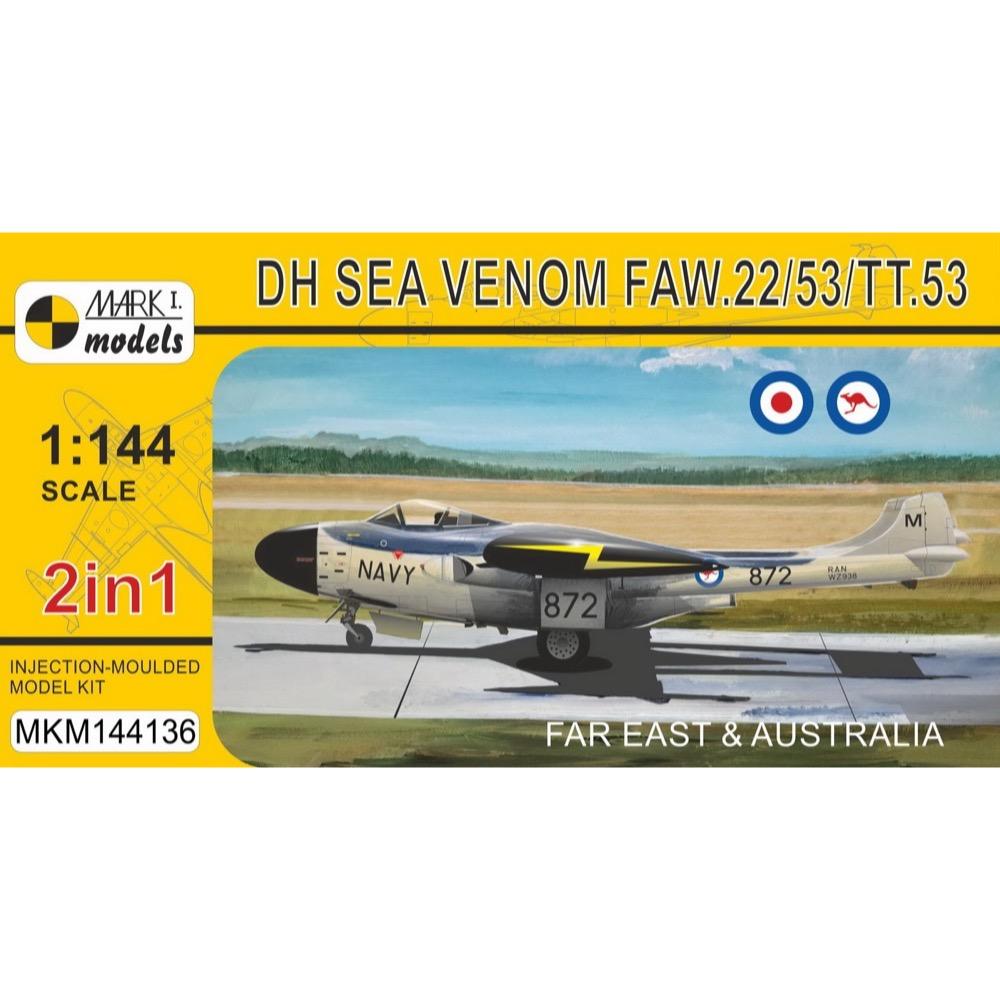
Mark One Models 14426 1/144 De Havilland Sea Venom Weapon Set
12.00
$
<p>The de Havilland Sea Venom was a British jet all-weather fighter developed for the Royal Navy from the RAF's Venom NF.2 night fighter. First flown in April 1951, the Sea Venoms were produced as the FAW.20 (50 a/c), improved FAW.21 (167 a/c) and uprated FAW.22 (39 new built and other Mk.21s converted). In total, 256 aircraft were taken on FAA's charge, while 39 Sea Venoms, designated FAW.53, were delivered to the Royal Australian Navy in 1956.</p>
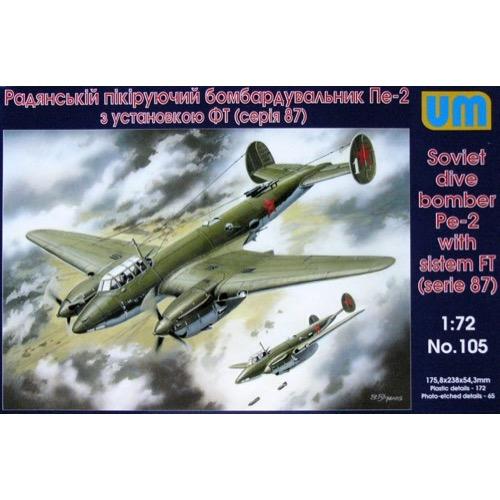
Unimodel 105 1/72 Pe-2 Soviet Dive Bomber with System FT (87 series)
16.00
$
<p>The Petlyakov Pe-2 was a Soviet twin-engined dive bomber used during World War II. One of the outstanding tactical attack aircraft of the war, it also proved successful as a heavy fighter, as a night fighter and as a reconnaissance aircraft. In many respects it resembled the wooden British de Havilland Mosquito.</p>
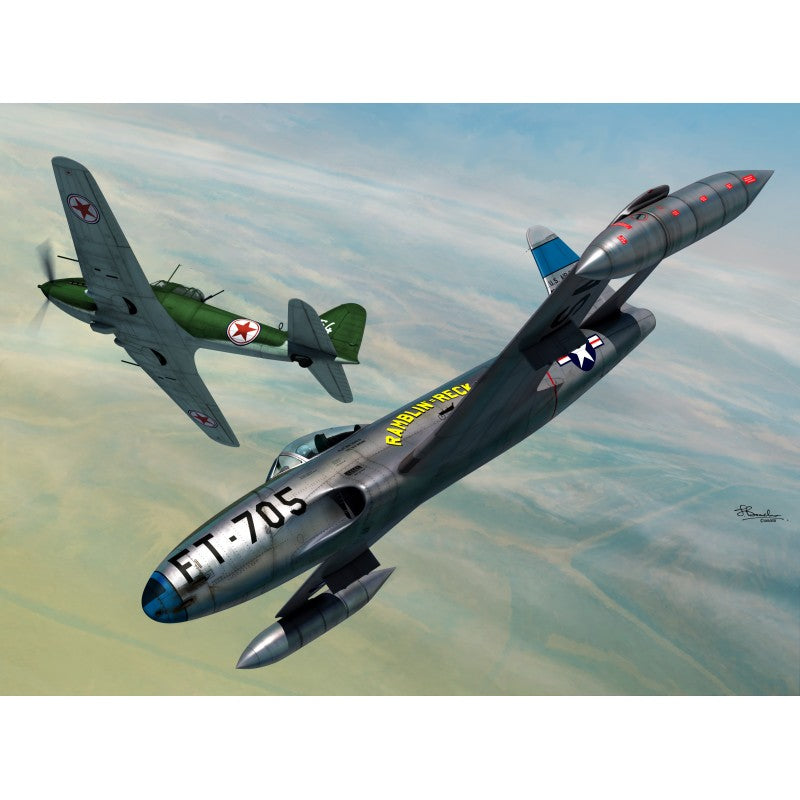
Sword 72128 1/72 Lockheed P-80C vs Ilyushin IL-10 over Korea
24.00
$
<p>This kit allows you to build two aircraft: the F-80C and the IL-10! Decals for two U.S. Air Force versions are included for the F-80C, and the IL-10 has decals for one North Korean version. The F-80C was manufactured by Sword, and the IL-10 by Fly. Both kits feature delicate panel lines and good detail. </p>
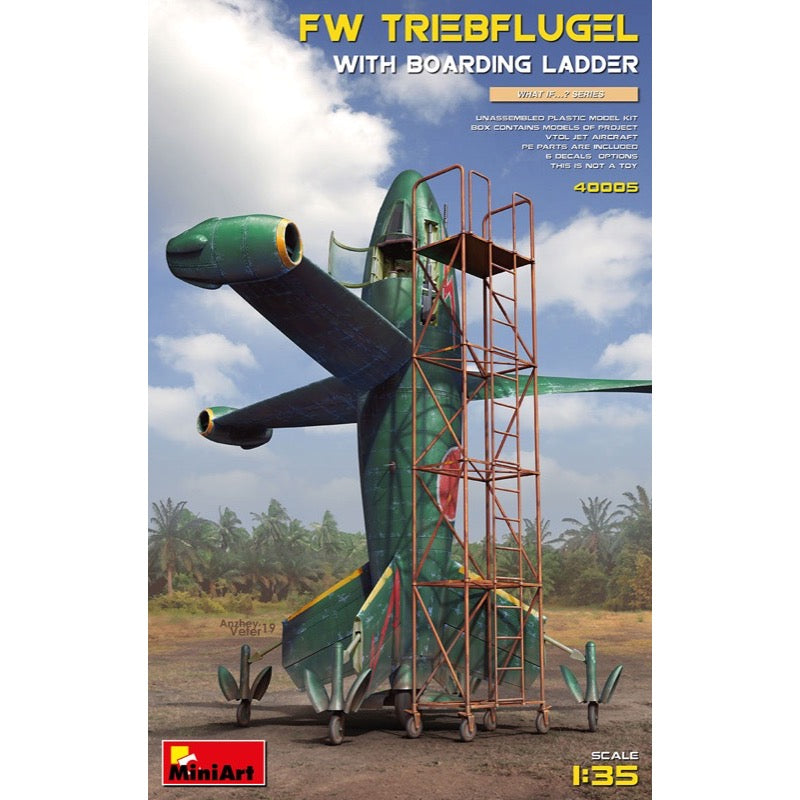
MiniArt 40005 1/35 Fock Wulf Triebflugel with Boarding Ladder
34.00
$
<h3>Features</h3>
<ul>
<li>Unassembled Plastic Model Kit</li>
<li>Box contains models of project VTOL jet aircraft</li>
<li>PE parts are included</li>
<li>6 Decal Options</li>
</ul>


